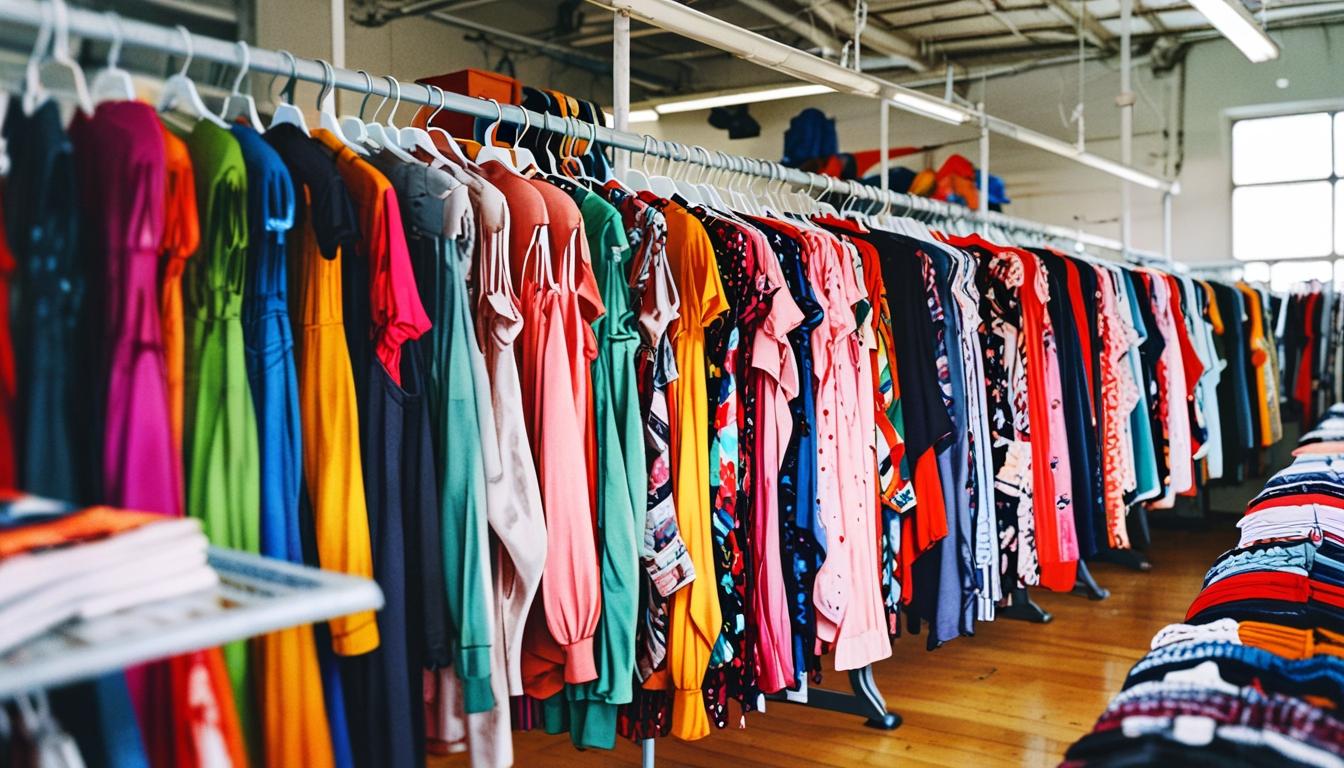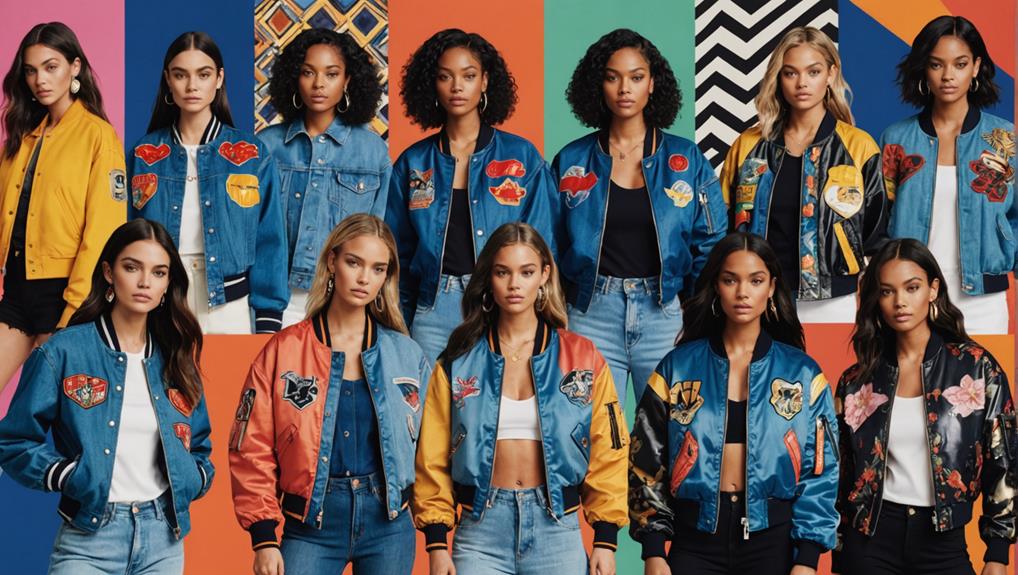Italian designer Orsola de Castro highlights the urgent need for a cultural shift towards garment care and sustainability amid rising textile waste.
Italian designer and environmental activist Orsola de Castro is urging consumers to reconsider their relationship with clothing and fashion as the world grapples with escalating textile waste and environmental challenges. Speaking to LA NACION, de Castro opened up about her experiences rummaging through second-hand clothing stores, where she observed countless pieces of clothing discarded due to minor defects, such as broken zippers. “I spent years rummaging through second-hand clothing stores and saw hundreds of perfect pieces abandoned simply because of a broken zipper,” she stated. This realization led her to pose a critical question in her 2021 book, Loved Clothes Last: “Can we stop and analyze what we are doing when we discard a garment because of a broken zipper? What would happen if we decided to replace it?”
The fashion industry, identified as a significant contributor to environmental degradation, is responsible for a staggering amount of pollution and resource consumption. According to the United Nations (UN), the sector accounts for approximately 2% to 8% of total global greenhouse gas emissions, consuming around 215 billion liters of water annually—equivalent to 86 million Olympic-sized swimming pools. The issue of textile waste is equally alarming, with around 92 million tons discarded each year. This figures out to a garbage truck full of clothing being incinerated or sent to landfills every second.
As part of International Zero Waste Day, de Castro advocates for a movement towards “the act of caring for our clothes,” which she believes is a vital step in caring for the environment. The fashion industry produces an estimated 80,000 to 100,000 million garments a year, a significant portion of which ends up either incinerated or in landfills after minimal use. Activist groups are now encouraging consumers to limit their purchases to three new garments per year to lessen their environmental footprint.
Research from the British environmental organization Wrap indicates that extending the lifespan of clothing by just nine months can reduce its environmental impact by up to 10%. Various experts are proposing solutions that include a focus on buying high-quality garments, wearing clothes multiple times, and taking proper care of existing items. “The way we shop is the problem. If we buy quality, [the clothes] will last longer,” Mikha Mekler, a professor of fashion development, noted in an interview.
Additionally, new initiatives are emerging to facilitate creativity and revive appreciation for one’s wardrobe. Sam Weir, an American fashion designer and founder of Lotte.V1, created a personalized clothing matching service focused on helping individuals rethink their existing garments. “Combining clothing allows people to express themselves and have fun with clothes, without buying new pieces; it forces creativity and makes people truly wear their clothes,” Weir explained.
Beyond the act of purchasing sustainable clothing, experts emphasize the necessity of proper maintenance and care. Techniques such as washing garments less frequently, using gentle detergents, and storing clothes efficiently can significantly extend their lifespan. Stella McCartney, a prominent figure in sustainable fashion, has also weighed in on this topic, advocating against unnecessary washing: “The rule is not to clean. Let the dirt dry and then brush it off.”
Eliminating the mindset of disposable fashion is pivotal to mitigating the extensive environmental impact wrought by the industry. As de Castro quipped, “Treasure the clothes you have with pride, minimize new purchases… Because what we need most now are trees, whales, birds, and bees, not clothes.”
With growing acknowledgment of the unsustainable practices within the fashion industry, initiatives aimed at fostering a culture of clothing maintenance and creativity are gaining traction. This underscores the pressing need for consumers, designers, and industry stakeholders to engage in more sustainable practices and rethink their consumption habits moving forward.
Source: Noah Wire Services




